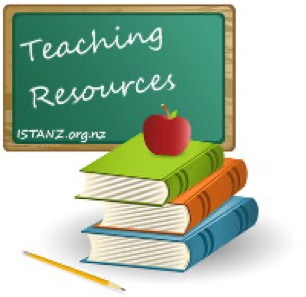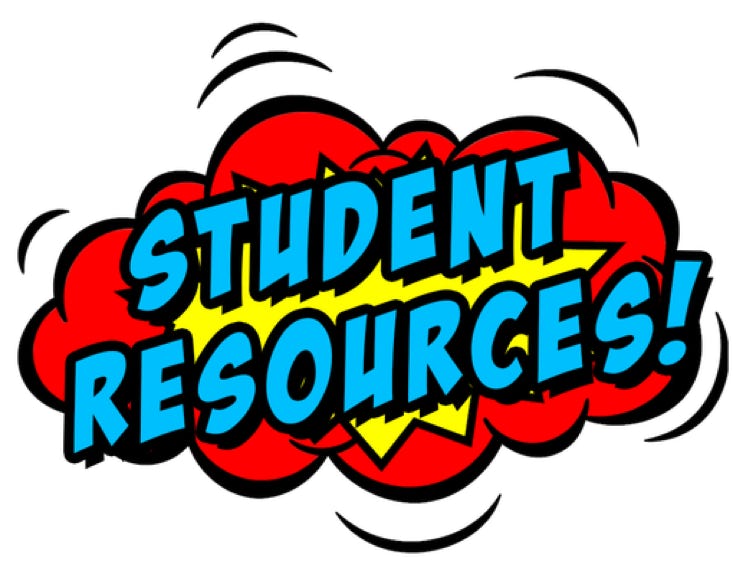
AI
FAQ and
Resource Center
General information and Resources:
Teacher Resources goes here …

Student Resources goes here …

General info goes here …

Frequently Asked Questions:
Artificial intelligence refers to computer systems that are taught to automate tasks normally requiring human intelligence. "Generative AI" refers to tools, such as MagicSchool, ChatGPT, Gemini, and MagicStudio, that can produce new content, such as text, images, or music, based on patterns they've learned from their training data. This is made possible through "machine learning," a subset of AI where computers learn from data without being explicitly programmed for a specific task. Think of it as teaching a computer to be creative based on examples it has seen. While generative AI tools show great promise and often make useful suggestions, they are designed to predict what is right which is sometimes wrong. As a result, their output can be inaccurate, misleading, or incomplete.
Artificial intelligence (AI) has become integral to our daily lives, often in ways we might not immediately recognize. Here are some common examples:
Smart Assistants: Devices like Amazon Alexa, Google Assistant, and Apple's Siri use AI to understand and respond to our voice commands, helping with tasks such as setting reminders, playing music, and providing weather updates.
Personalized Recommendations: Platforms like Netflix, YouTube, and Spotify use AI algorithms to analyze our preferences and viewing/listening habits to recommend movies, videos, and music that we are likely to enjoy.
Online Shopping: E-commerce sites like Amazon use AI to suggest products based on browsing history and purchase behavior, enhancing our shopping experience with personalized recommendations.
Social Media: AI powers the algorithms behind social media platforms like Facebook, Instagram, and Twitter, curating content for our feeds, identifying and filtering out inappropriate content, and targeting advertisements.
Email Filtering: Services like Gmail use AI to filter out spam and categorize emails, helping us manage our inboxes more efficiently.
Navigation and Travel: Apps like Google Maps and Waze use AI to provide real-time traffic updates, suggest optimal routes, and estimate travel times.
Home Automation: Smart home devices like thermostats, lights, and security systems use AI to learn our preferences and automate tasks, making our homes more efficient and secure.
Large Language Models (LLMs): ChatGPT, Google Gimini, and Anthropic’s Cluade are great examples of LLMs. They make great assistants that help us compose documents, write code, and analyze data among many other tasks.
(ACS Document) - Responsible Use of Technology: Board Policy (ACS Document) applies to all technology provided by the Corporation as well as the personal devices of Users. This includes but is not limited to, telephones, cellular devices, digital media players, tablets, laptop and desktop computers and workstations, direct radio communication, Internet access, voice mail, e-mail, text messaging, direct messaging through device applications, facsimile transmission, and receipt, artificial intelligence, including language-generation tools and large language models and any computer-based research and/or communication.
Student Technology Handbooks: The language below is in the Student Technology Handbook and Student Handbooks.
AI Tools & Systems
Data Governance Manual: The NS Data Governance Manual includes the language below:
(Our Framework for Learning) establishes the overall and expected organization of curriculum, instruction, assessment, and learning environments within every school and classroom in the district. All practices, professional development, and resource allocation will directly support and promote the elements of this framework to facilitate the highest levels of academic growth and achievement.
Anderson Schools is committed to leading the way in educational innovation through AI's thoughtful and purposeful integration. Together, we will create a dynamic and inspiring learning environment that prepares our students for success.
Learning-Centered and Collaborative Culture:
AI tools can enhance teacher collaboration by providing real-time data sharing, communication platforms, and collaborative planning tools. These tools allow teachers to quickly access and analyze student performance data, share insights and resources, and coordinate instructional strategies. By automating routine tasks and offering data-driven insights, AI frees up time for teachers to focus on meaningful collaboration, enabling them to work together more effectively and efficiently to continuously improve student learning outcomes.
Meaningful Student Learning Experiences:
AI tools can provide more personalized and adaptive learning experiences tailored to each student's needs and progress. They analyze student data to offer insights and recommendations, helping teachers identify and address learning gaps. AI can automate routine tasks, freeing up teachers' time to focus on creative and interactive lesson planning. By offering real-time feedback and resources, AI supports teachers in delivering engaging and relevant content. This enables a more dynamic and responsive classroom environment, where students receive individualized support and more meaningful learning experiences.
Thoughtfully Designed Curriculum:
AI tools can assist collaborative teams by streamlining curriculum design and delivery through data-driven insights and resource recommendations. They enable teachers to share and analyze student performance data, ensuring that the curriculum is aligned to academic standards in ways that effectively consider and address individual student learning needs. AI can help ensure curricular consistency and viability across different classrooms.
Purposeful Assessment and Reflection:
AI tools can streamline the creation of assessments, ensuring they are aligned with academic standards and learning objectives and providing immediate insights into student performance. These tools facilitate detailed feedback, helping students reflect on their learning and set goals. By continuously monitoring progress, AI tools inform instructional planning, enabling teachers to adjust strategies and address learning needs effectively. This results in a more responsive and targeted approach to improving student outcomes.
Ethical and Responsible AI Use:
Our vision emphasizes the importance of using AI ethically and responsibly. We are dedicated to ensuring data privacy, security, and transparency in all AI applications, fostering trust and confidence among students, parents, and educators.
Educators are harnessing AI in diverse and innovative ways to enhance the learning experience including:
Personalized Learning: AI-powered platforms can adapt materials to individual student needs, providing tailored content, pacing, and feedback.This helps ensure that every student progresses at their own optimal rate.
Intelligent Tutoring Systems: AI tutors provide personalized guidance and support, identifying areas where students need additional assistance and offering targeted interventions.
Grading and Feedback Assistance: AI can automate routine grading tasks, freeing up teachers' time for more meaningful interactions with students. AI can also provide basic feedback on assignments, allowing for more timely and frequent communication.
Creating and Adapting Learning Materials: AI can generate or customize educational content based on individual learning styles and preferences, making lessons more engaging and relevant.
Language Learning and Translation: AI-powered tools can assist with language acquisition, providing real-time translation, pronunciation practice, and conversational opportunities.
Administrative Tasks: AI can streamline administrative tasks like scheduling, record-keeping, and data analysis, allowing educators to focus more on teaching and student interaction.
Accessibility: AI can facilitate access to learning for students with disabilities, providing tools like text-to-speech, speech recognition, and real-time captioning.
Teachers can promote responsible AI use by having students sign agreements describing appropriate practices.
Rules can be implemented as additions to a class syllabus or independent student contracts. Some educators have also conducted class activities where such agreements are co-developed with students to support the development of AI literacy. This sample student agreement is for illustrative purposes only and not as a definitive model.
Sample - Student Agreement on the Use of AI
AI can help me learn better and is important for my future, so I promise to use it correctly and make smart choices.
